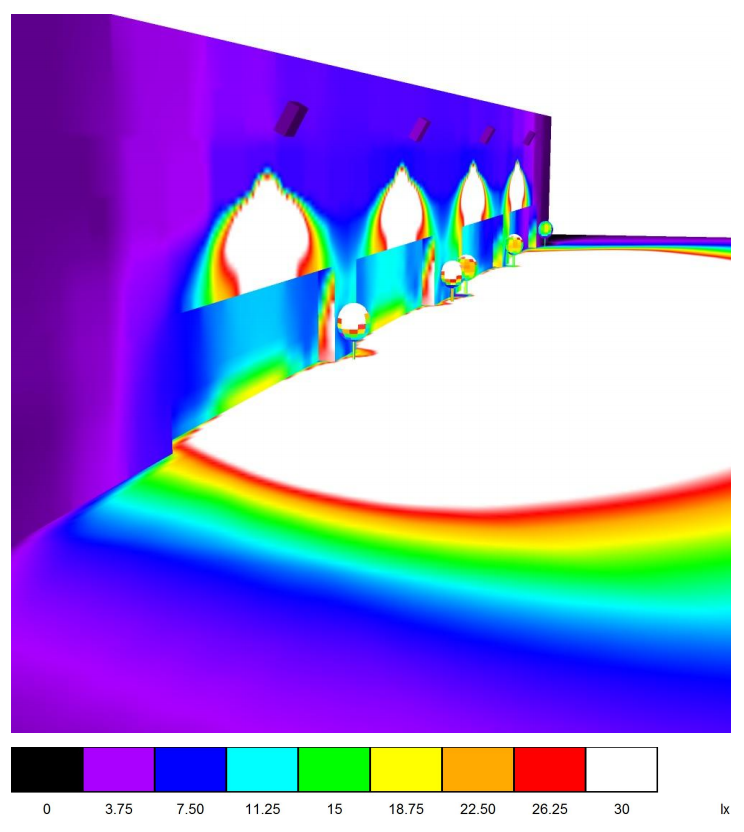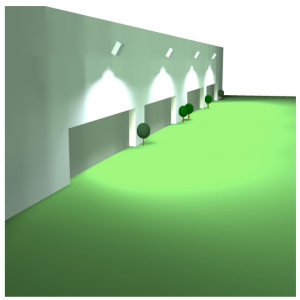PROJECT CASE STUDY
In the Lighting Project Cases below, we will talk about some points that often considered in lighting design. No matter you are experienced or new to the industry, it is our honor to work with you and serve the society with brighter lighting products.
STREET LIGHTING CASE
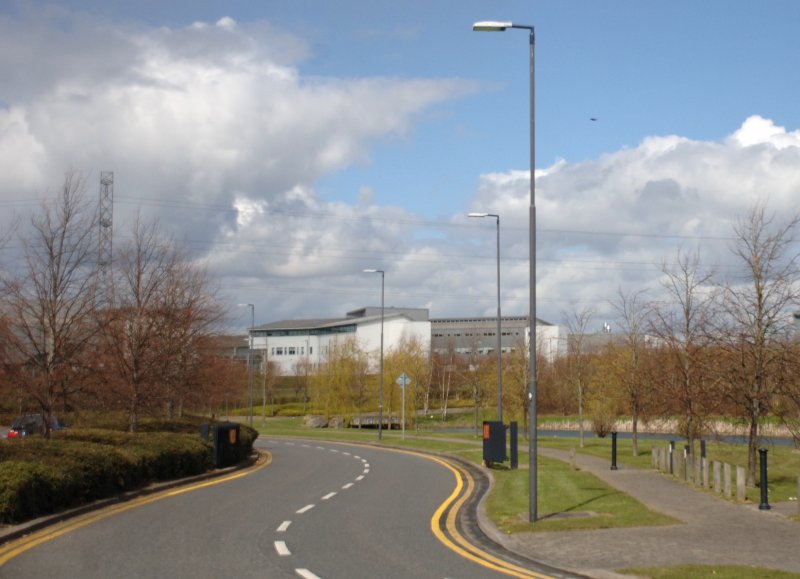
When designing street lighting project, here are a few factors need check with users. Any change of them will affect the whole project lighting result.
1. Brightness level (Lux)
Lux is the measurement unit describing how brightness it looks like on the road surface(or workplane ). For the common road and street we see in the city, 15-20 lux is enough for drivers and pedestrians to go. And also there are roads designed for different traffic flow, the lux value could be custom set to meet project requirements.
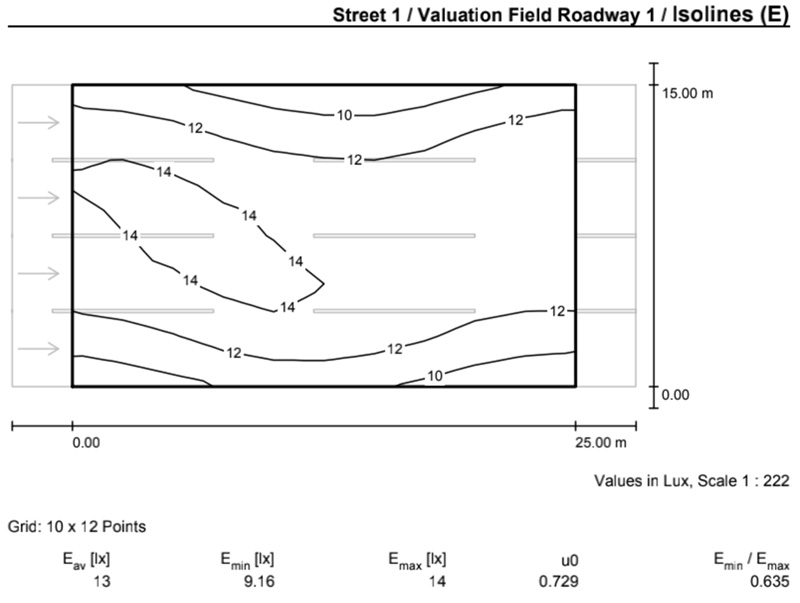
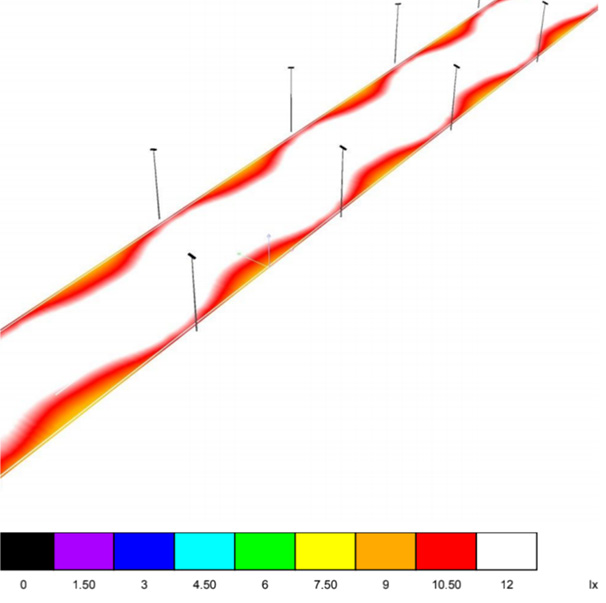
2. Pole height&Mounting height
If the luminaire is installed on pole top, then they are equal. If not, mounting height is an important factor to consider about. Normally 6 and 8 meter high are used for one-way and two-lane road project. 10/12/15 meter high are used for 4-lane/6-lane project.
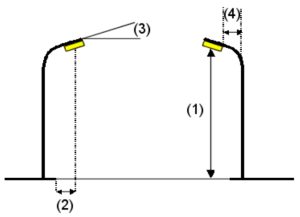
3. Pole arrangement (Single row, double row,central position)
Single row: All luminaire are placed on one side of the road.
Double row: Luminaire are placed on both sides of the road.
Double row off-set: Luminaire both placed in zigzag pattern
Central position: Poles are placed in middle section of the road and each pole mounted with two luminaires.
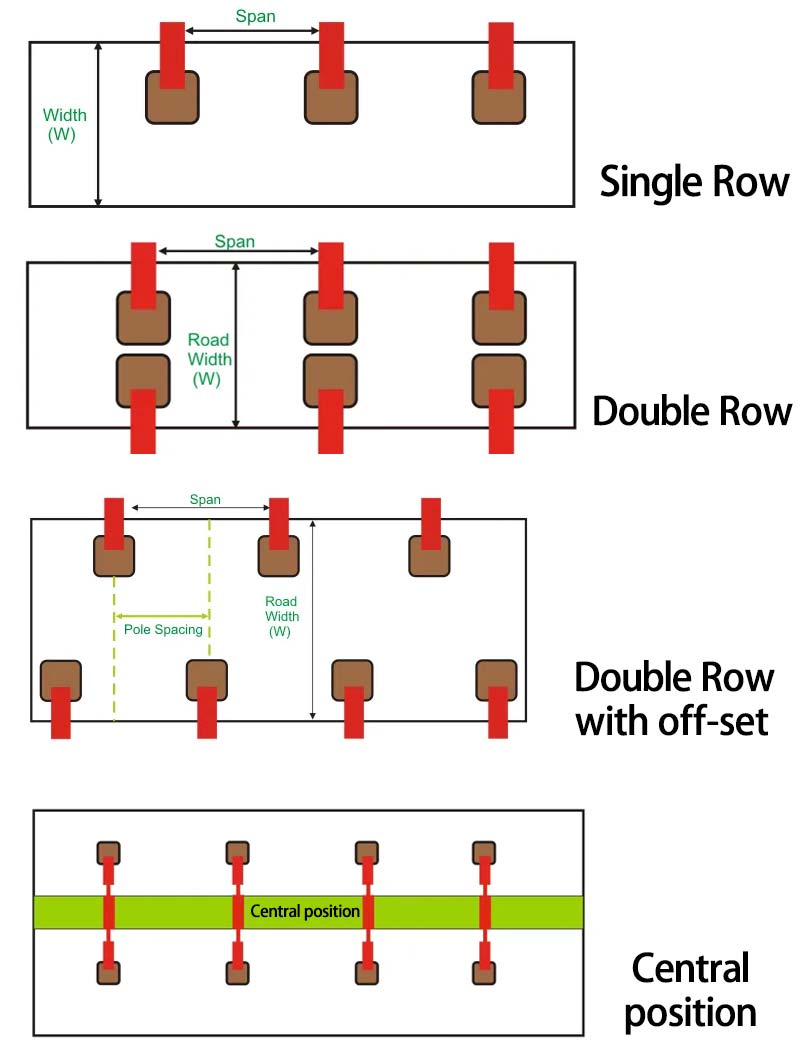
4. Pole-pole distance(Span)
The distance could be set from 15 meter to 30 meter depending on above factors. It follows the similar rules like factor #2 mounting height, small road, short distance, big road, longer distance.
5. Road width
This simply decides project scale. Wider road like 6-lane or 8-lane will need high power luminaire and affects mounting height and pole-pole distance.
PETROL STATION LIGHTING CASE
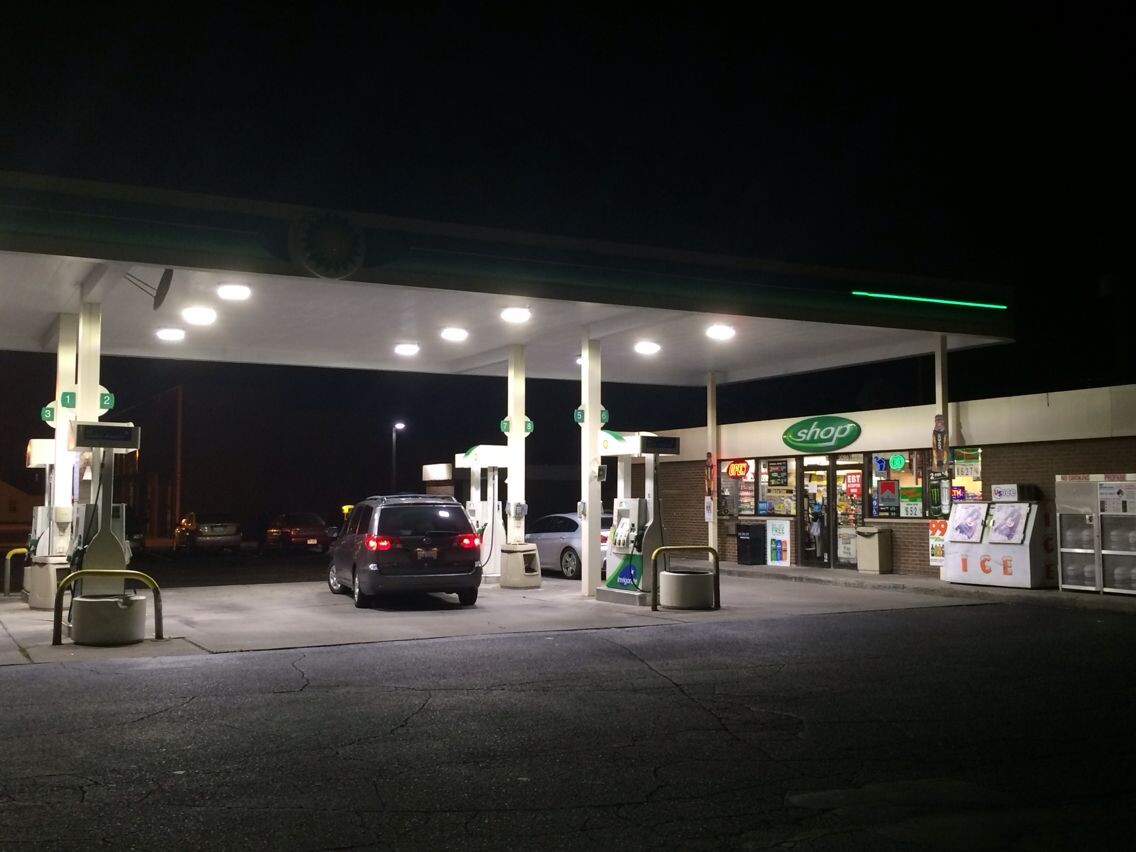
The LED light for gas/petrol station lighting is also called canopy light. Canopy is an important part in the project.
1. Canopy size
Canopy is where all lights are installed, In most cases, lights are placed row by row on the canopy. The area underneath the canopy is main lighting area. Knowing length and width of canopy, the lighting area size is clear.
2. Canopy height
This is the height from the bottom of canopy to ground surface. The height has something to do with light watt that used in the project.
3. Gas station site area size
This is the whole gas station site area which is bigger than main lighting area. Or we can say the site area is main lighting area plus edge area. Usually there is no requirements on edge area lighting. But sometimes a well designed edge area lighting will draw more attentions.
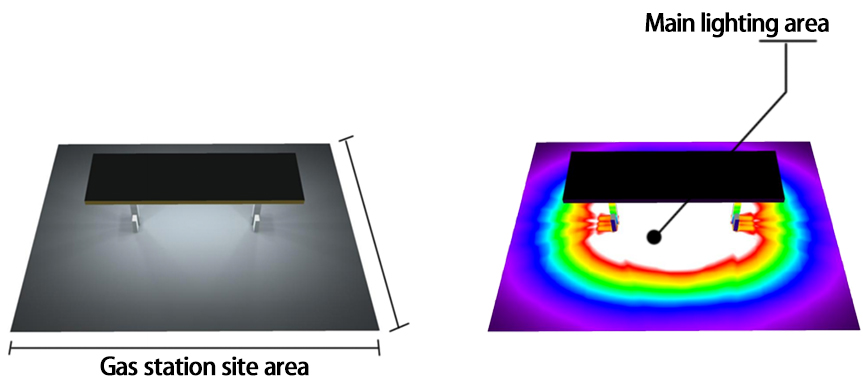
4. Brightness level (Lux)
Getting proper lighting level is always the final object of a lighting project. If it is lighting upgrade,for example, MH upgrades to LED lighting, its better know old lighting level and what lux wanted for new lighting. According to experience, 100-300 lux is recommended for lighting area.
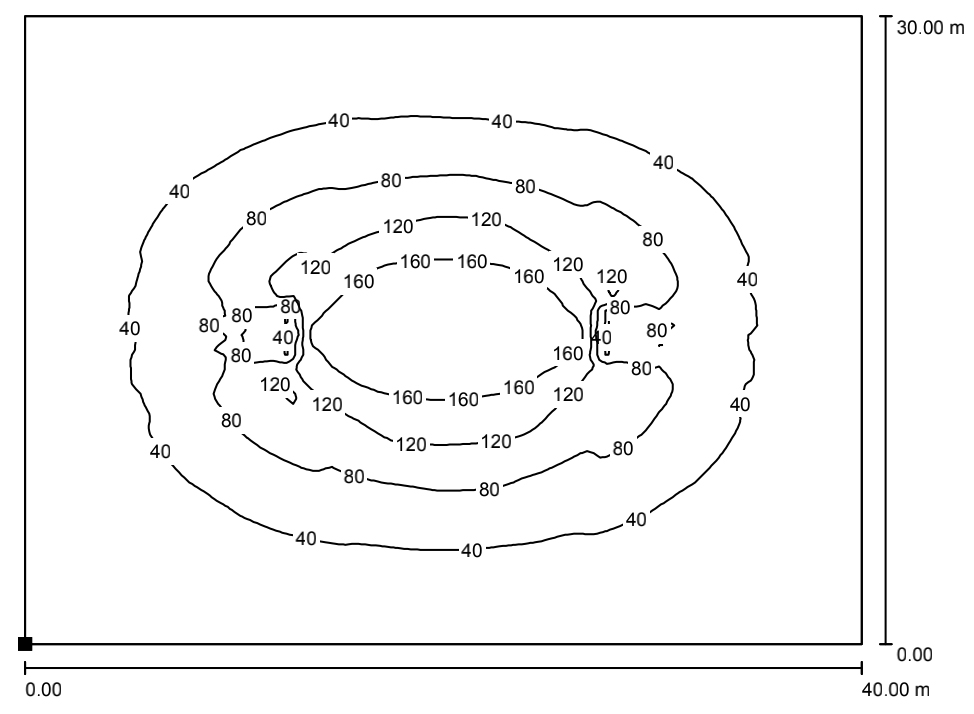
5. (Optional) Light arrangement
For old lighting upgrade to new lighting, there is no need to change wiring. One-to-one replacement is the convenient way to have new lighting. New lighting is possible to simulate in computer with existing wiring, and output report.
WAREHOUSE LIGHTING CASE
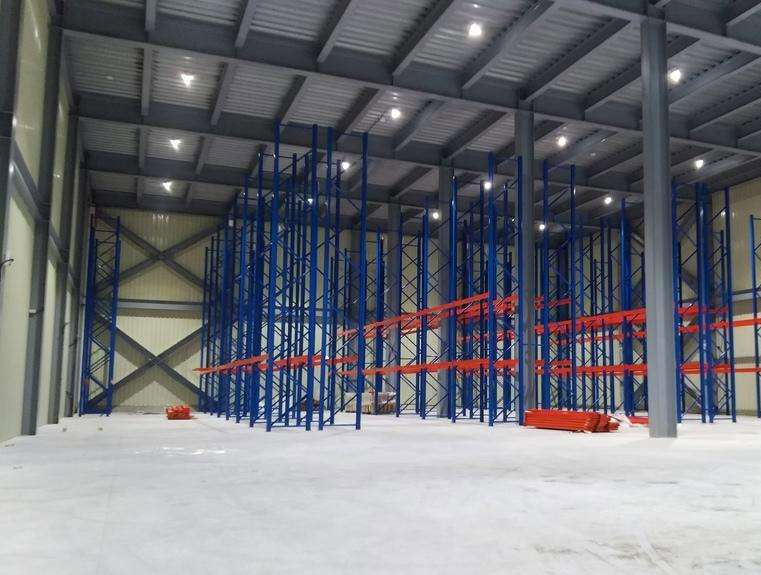
Warehouse lighting is one of the most seen indoor lighting projects. Large energy saving, long working time, smart control feature, make the LED lighting technology always the first choice. Following are some factors to think about when doing the project.
1. Warehouse size
Warehouse size and height are two key factors determining what watt and how many LED lights used in the project.
2. Height
In most cases LED highbay lights are installed to warehouse ceiling, so the room height can be regarded as mounting height, unless, pendant mounting is used as another way of installation.
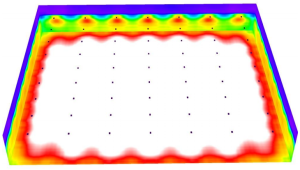
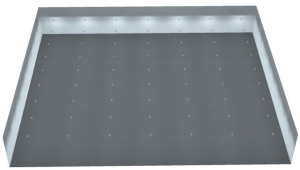
3. Brightness level(Lux)
There may be different lux wanted for various purpose in the warehouse. For example, if it is used as common storage, 100lux to 200lux is enough. And if it requires some details work, greater lux value is necessary.
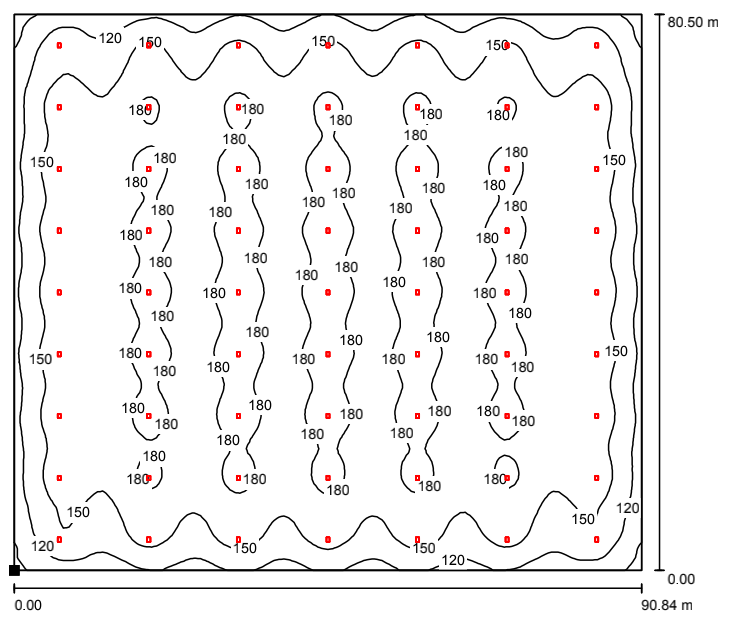
4. Functional features
Some smart control functions are also considered, such like dimming and motion sensor. When there is nobody inside, light could dim down to 30% of original lighting output, if human movement is detected, it will go back to 100% lighting. Central wireless control is another advanced smart system used for super huge size area. By simply a few clicks, customized lighting performance will be applied to different zones in the warehouse.
5. (Optional) Light arrangement
For old lighting upgrade case, one-to-one replacement is recommended as the most convenient way turned to new lighting. So if the old light arrangement is clear to know, new lighting can be simulated in computer and output a lighting report by using software Dialux.
PARKING LOT LIGHTING CASE
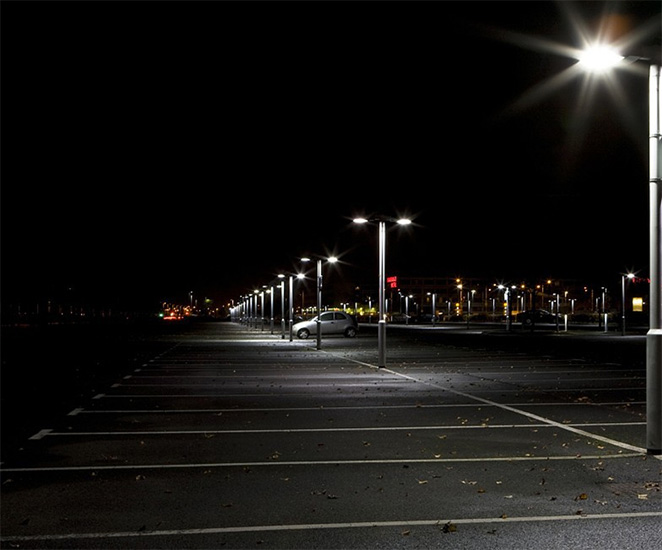
Pole-top mounting is the most used way of installation for outdoor parking lot or car park lighting project. So street light also goes as first choice when doing the project. Some designers may choose other bracket mounted on pole top, then flood light could be a better choice.
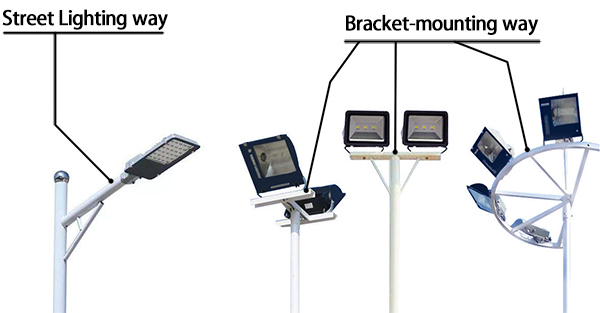
1. Parkinglot/Car park area size
For outdoor lighting, area size is an important factor and it will determine how many luminaires to use in the whole project.
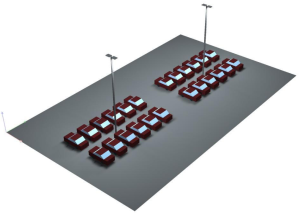
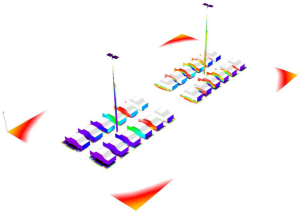
2. Lux
Average 100-200 lux is enough for the project.
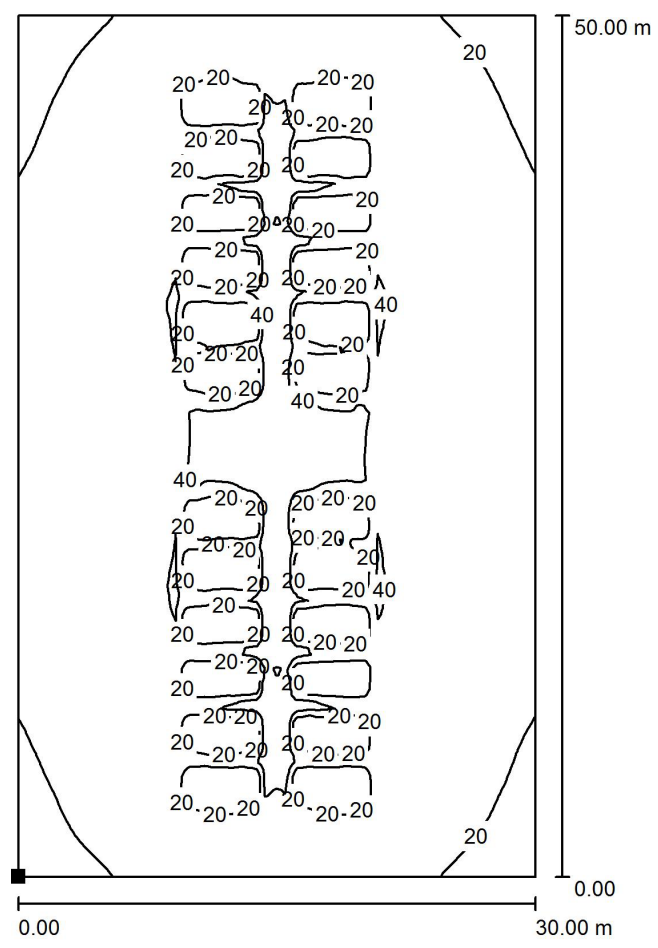
3. Note
There may be special requirements of light restrict spread on outer area. More details will be found from contractor.
COMPOUND LIGHTING CASE
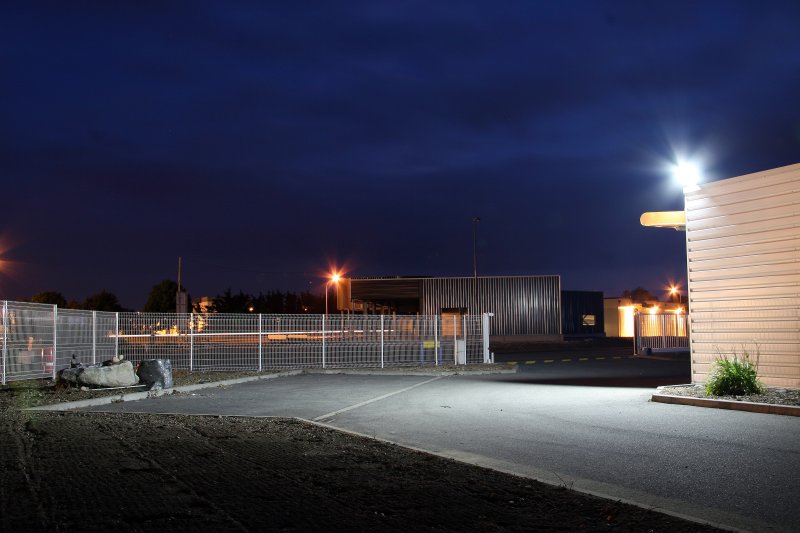
Building complex lighting usually is a lighting project mixed with several kinds of luminaires for different lighting scenes. For example, within the project there are street light for road lighting, flood light for parking lot or building lighting. Doing this project, floor plan drawing(CAD/JPG/PDF format) is very helpful to confirm luminaire installation position. If it is outdoor public project, google map helps a lot when knowing the address.
1. Area size
Method 1, When getting floor plan drawing document, the information can be found and input to computer to work out simulation. Method 2, use Google map to measure its size and work out simulation in computer.
2. Lux
As there are several zones may have different lux requirements, the lux value is not a unified number for the project. If necessary, each zone can be shown individually in the last lighting report with lux number.
